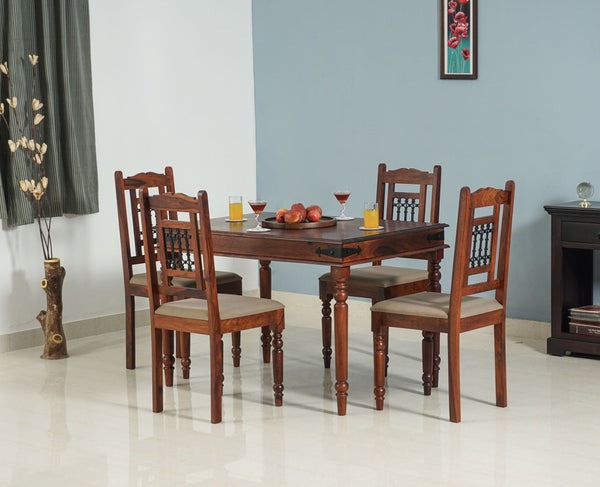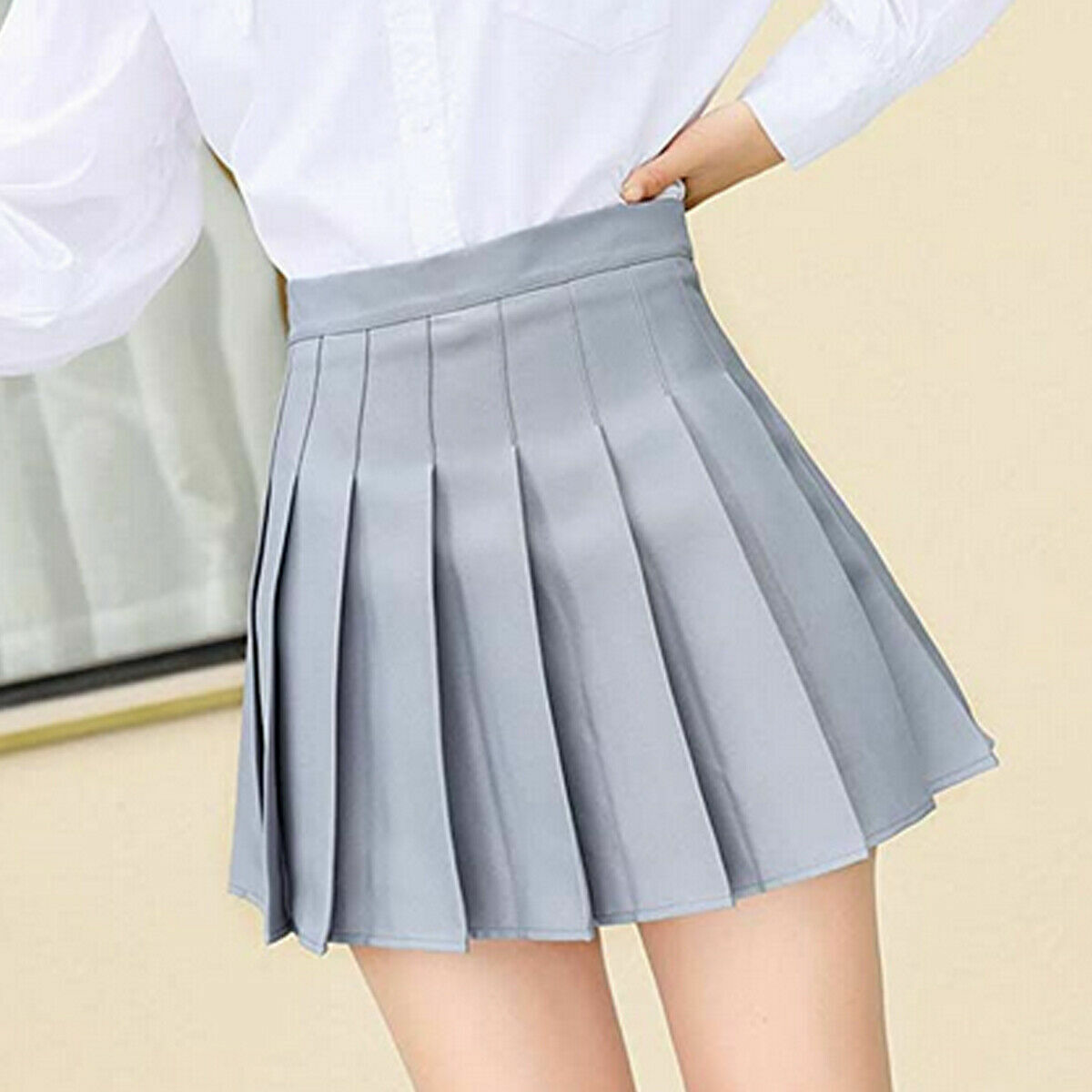A wooden table is more than just a functional piece of furniture; it is a blend of artistry, craftsmanship, and utility. Whether placed in a home, office, or public space, wooden tables have been a staple of interior design for centuries. Their natural charm, durability, and versatility make them one of the most sought-after furniture pieces.
In this guide, we explore the various types, materials, styles, and advantages of wooden tables, along with tips for choosing the perfect one for your space.
Why Wooden Tables Are a Timeless Choice
1. Durability and Strength
- Wooden tables are built to last, often enduring for decades with minimal maintenance.
- Hardwoods like oak, teak, and mahogany are particularly renowned for their resilience.
2. Aesthetic Appeal
- The natural grain and texture of wood add warmth and character to any setting.
- Available in a variety of finishes, wooden tables complement both modern and traditional decor.
3. Eco-Friendliness
- Sustainably sourced wood is a renewable resource, making wooden tables an environmentally conscious choice.
4. Versatility
- Wooden tables come in countless styles, shapes, and sizes, making them suitable for diverse applications like dining, working, or decorative use.
Types of Wooden Tables
1. Dining Tables
- Purpose: The centerpiece of dining rooms, these tables are designed for meals and gatherings.
- Features: Available in rectangular, round, or oval shapes to accommodate varying seating needs.
- Materials: Solid wood or engineered wood with durable finishes.
2. Coffee Tables
- Purpose: A stylish addition to living rooms, ideal for holding books, decor, or refreshments.
- Features: Often lower in height, with artistic designs or storage compartments.
- Popular Choices: Walnut, pine, or mango wood.
3. Work or Study Tables
- Purpose: Designed for productivity, these tables are used in offices or study areas.
- Features: Simple yet functional designs with drawers or cable management options.
- Best Woods: Sheesham, oak, or plywood with laminate.
4. Console Tables
- Purpose: Narrow tables often placed in hallways or behind sofas for decorative or practical use.
- Features: Sleek designs with storage or open shelving.
- Materials: Teak or MDF with veneer.
5. Bedside Tables
- Purpose: Small tables placed beside beds for convenience and decor.
- Features: Compact with drawers or shelves for storage.
- Preferred Woods: Cedar, cherry, or engineered wood.
6. Outdoor Tables
- Purpose: Crafted for patios, gardens, or balconies, these tables are weather-resistant.
- Features: Treated wood or combinations with metal frames for durability.
- Best Choices: Teak and acacia, known for their resistance to moisture and pests.
Popular Types of Wood for Tables
1. Oak
- Advantages: Hard and durable with a distinctive grain pattern.
- Best For: Dining and work tables due to its strength.
2. Teak
- Advantages: Naturally resistant to water and pests, making it ideal for outdoor use.
- Best For: Patio and dining tables.
3. Sheesham (Indian Rosewood)
- Advantages: Rich tones and a smooth finish, popular in traditional furniture.
- Best For: Coffee and console tables.
4. Walnut
- Advantages: Dark, luxurious finish with excellent durability.
- Best For: High-end dining or study tables.
5. Mango Wood
- Advantages: Affordable and sustainable with a unique, light-toned appearance.
- Best For: Decorative and functional tables.
Choosing the Right Wooden Table
1. Assess the Space
- Measure the area where the table will be placed to ensure the perfect fit.
- For compact spaces, consider extendable or foldable designs.
2. Determine the Purpose
- Choose a dining table for meal spaces, a coffee table for relaxation areas, or a work table for productivity zones.
3. Select the Right Wood
- Prioritize hardwoods for strength and durability if the table will see heavy use.
- Engineered wood is a cost-effective option for decorative purposes.
4. Focus on Design
- Opt for traditional designs with intricate carvings for classic interiors.
- Choose minimalist or geometric styles for modern spaces.
5. Consider Maintenance Needs
- Hardwood tables require occasional polishing to maintain their shine.
- For low-maintenance options, consider varnished or laminated finishes.
Maintenance Tips for Wooden Tables
1. Regular Cleaning
- Dust the surface frequently using a soft, dry cloth to prevent scratches.
- Use a damp cloth with mild soap for cleaning spills.
2. Avoid Moisture
- Keep the table away from direct water exposure to prevent warping or swelling.
- Use coasters and placemats to protect the surface from spills and heat.
3. Polishing
- Polish wooden tables periodically with furniture wax or oil to maintain their shine.
- Avoid harsh chemicals that could damage the wood’s finish.
4. Protect from Sunlight
- Place the table away from direct sunlight to prevent fading or cracking.
Modern Trends in Wooden Tables
1. Live-Edge Tables
- Retain the natural edges of the wood for a rustic, unique look.
- Popular in dining and coffee table designs.
2. Mixed Materials
- Combining wood with glass, metal, or marble creates a contemporary aesthetic.
3. Sustainable Designs
- Use of reclaimed wood or bamboo for eco-friendly furniture solutions.
4. Multifunctional Tables
- Tables with built-in storage or convertible designs are increasingly popular in compact spaces.
Conclusion
Wooden tables are a perfect combination of beauty, utility, and longevity. Whether you are looking for a functional work desk, an elegant dining table, or a stylish coffee table, wooden options cater to all preferences and needs. Their timeless appeal, coupled with versatile designs and sustainable choices, ensures that a wooden table will always remain a cherished part of your home or workspace.



